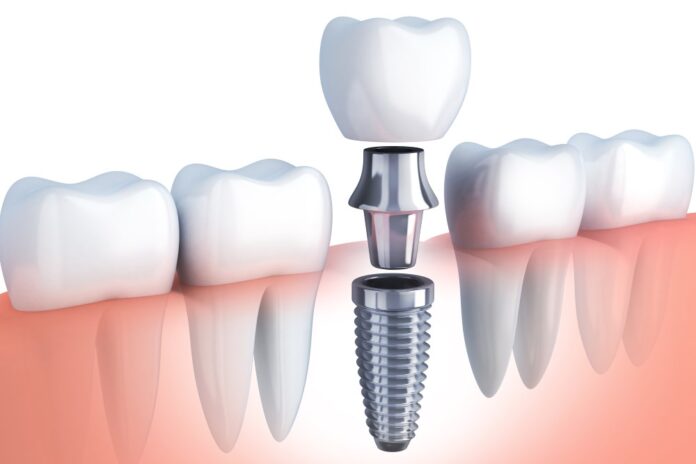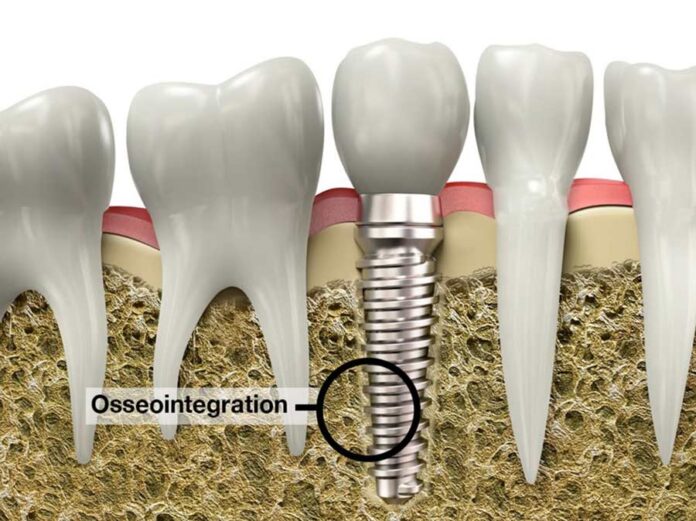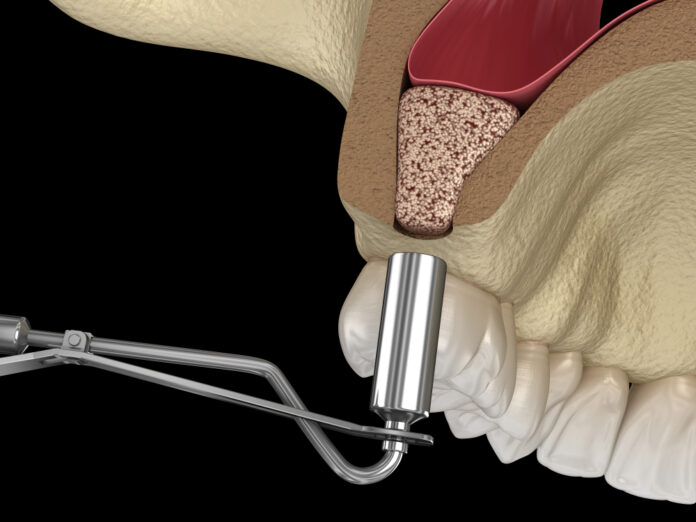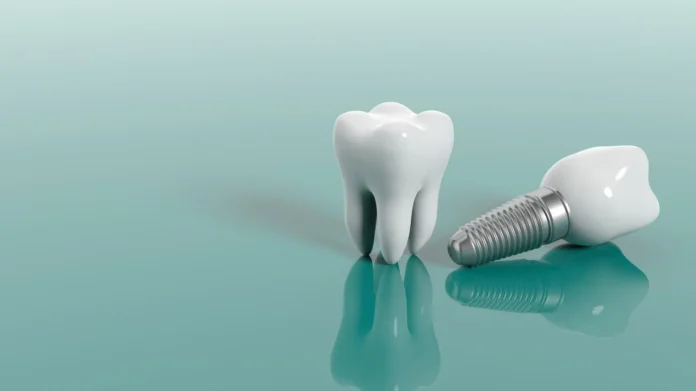Dental implants have become a popular and effective solution for missing teeth, offering a permanent and natural-looking replacement option. While many people know that implants can improve their appearance and boost their confidence, few are aware of the science behind the procedure. This article will explore the science behind dental implants, how they work, and why they are so effective.
Dental Implants Explained
Dental implants are artificial tooth roots that are surgically placed in the jawbone to provide a sturdy base for a replacement tooth or bridge. The prosthetic is typically made of titanium or other biocompatible materials that can fuse with the bone in a process called osseointegration. Once the implant is fused with the bone, it provides a stable base for a prosthetic tooth, which is then attached to it.
They can be used to replace a single tooth, multiple teeth, or even a full arch of teeth. They are an excellent alternative to dentures or bridges and provide a permanent solution to tooth loss.

How Do They Work?
The procedure involves several steps, including initial consultation, the placement of the implant, and the attachment of the prosthetic tooth.
Initial Consultation
During the initial consultation, the dentist will examine the patient’s mouth and take X-rays to assess the condition of the jawbone and teeth. The dentist will also discuss the patient’s medical history and any medications they are taking to determine if they are a good candidate for dental artificial teeth.
Placement
Once the patient has been approved for dental implants, the dentist will begin the placement procedure. First, the dentist will numb the area around the artificial tooth site with local anesthesia. Next, they will make a small incision in the gum tissue and drill a small hole into the jawbone. The implant is then placed into the hole and secured in place.
Osseointegration
After the tooth is placed, the patient must wait several months for osseointegration to occur. During this process, the implant fuses with the jawbone, creating a strong and stable base for the prosthetic tooth.
Attachment of the Prosthetic Tooth
Once osseointegration is complete, the patient returns to the dentist for the attachment of the prosthetic tooth. The dentist will create a custom-made prosthetic tooth or bridge that matches the patient’s natural teeth. The prosthetic tooth is then attached to the implant with an abutment, which is a small connector piece.

Why Are Implants So Effective?
They are highly effective for several reasons, including:
1. Long-lasting Results
Dental implants provide a long-lasting solution to tooth loss, with many patients enjoying their artificial teeth for decades with proper care. They are made of biocompatible materials that are durable and resistant to decay, providing a permanent replacement for missing teeth.
2. Improved Comfort
Unlike dentures, which can slip or move around in the mouth, dental implants are securely anchored in the jawbone, providing a comfortable and stable solution to tooth loss. They also allow patients to eat and speak normally, without the discomfort or embarrassment associated with missing teeth.
3. Improved Appearance
They are designed to look and feel like natural teeth, providing a seamless and natural-looking replacement option. Artificial teeth also help maintain the natural shape of the face, preventing the sunken appearance often associated with missing teeth.
4. Improved Oral Health
Dental implants are easy to care for and require the same oral hygiene routine as natural teeth, including regular brushing and flossing. They also help prevent bone loss in the jaw, which can occur when teeth are missing for an extended period, improving overall oral health.
The Science Behind Implants
The science behind dental implants is fascinating and complex, involving a range of biological, mechanical, and material science principles.
Osseointegration

As mentioned before, one of the key factors that make implants so effective is the process of osseointegration, which is the fusion of the fake tooth with the surrounding bone tissue. Osseointegration occurs because the implant is made of biocompatible materials, typically titanium, that can bond with bone tissue in a process called biologic fixation. This process involves the formation of a direct structural and functional connection between the tooth and the surrounding bone tissue, resulting in a stable and long-lasting replacement for missing teeth.
Material Science

The material science behind artificial teeth is also critical to their success. Implants must be made of materials that are strong, durable, and biocompatible, meaning they won’t be rejected by the body’s immune system. Titanium is the most common material used due to its biocompatibility, strength, and ability to bond with bone tissue.
Mechanical Principles

The mechanical principles involved in artificial teeth include the distribution of forces and stresses within the implant and surrounding bone tissue. They are designed to distribute chewing forces evenly across the jawbone, preventing excessive stress on any one area. This helps prevent damage to the tooth or surrounding bone tissue and ensures the long-term success of the implant.
Bone Remodeling

Bone remodeling is another critical process involved in the success of artificial teeth. When a tooth is lost, the surrounding bone tissue begins to shrink or resorb due to the lack of stimulation from the missing tooth root. They provide the necessary stimulation to prevent bone loss and promote bone growth, which is crucial for the long-term success of the implant.
What about the price?
The cost can vary depending on a range of factors, including the number of teeth needed, the type of implant, and the location of the dental practice. On average, the cost of a single dental implant can range from $1,500 to $6,000 or more. However, many dental practices offer financing options to make them more accessible and affordable for their patients.

Conclusion
Dental implants have become a popular and effective solution for missing teeth, providing a permanent and natural-looking replacement option. The science behind dental implants involves a range of biological, mechanical, and material science principles, including osseointegration, material science, mechanical principles, and bone remodeling. They are highly effective due to their long-lasting results, improved comfort, improved appearance, and improved oral health. With proper care, they can provide a lifetime of benefits, improving both oral health and overall quality of life.









